The first Proton SUV is set to make its debut in final quarter of this year, and it will most likely be based on the facelifted 2018 Geely Boyue, instead of the pre-facelift Boyue that was previewed in Malaysia last year. We recently got up-close with the Boyue facelift at the Baoji plant where it’s made, and came away impressed by the SUV as a static object.
While the exterior design of Geely’s C-segment SUV is smart, it’s the interior of the Boyue that stood out more for this pundit. The design of the cockpit is neat, and more importantly for a Chinese car, not blatantly inspired by something else.
The cabin’s perceived quality is high, with soft plastics on the door caps and dash top, which all get stitching. The seats and the brown leather are also supple, while the prevalent brushed metal trim (beats piano black anyday IMHO) is rather convincing, more so than in a big Continental car I sampled not too long ago.
While neat, the Boyue’s interior is far from boring. It’s livened by flourishes such as the grab handles that sprout like ears on the centre console, and the unique door handles. There’s character too – the speaker grilles, lights/wiper stalks and door handle area all share an interlocking G pattern, which could potentially be a distinctive signature akin to the brand’s “expanding cosmos” grille.
The facelifted car comes with a new infotainment system, which ditches physical buttons in favour of touch-sensitive panels. The touchscreen, which now sits flush with the bezels, remains an eight-inch item, but the resolution has been bumped up to 1920×720 pixels. The user interface has also been redesigned, and the 360-degree camera now shows a 3D view of obstacles surrounding the car.
Along with the head unit, the fully digital instrument panel lends the Boyue’s cabin a touch of high tech. It’s immediately apparent that the inspiration here is Volvo, but that’s only natural when Geely owns Volvo and its current group design head – Peter Horbury – was famous for his transformation work at the Swedish brand.
The layout of the Boyue’s meter panel is similar to the current Volvo S60/V60 and V40 hatchback, with a large central dial flanked by concentric rings of readouts.
Press the push start button and the panel comes to live with an animation that draws out the Boyue’s silhouette (an element Volvo owners would be familiar with), followed by a (virtual) needle sweep. The sequence is repeated when the engine is turned off. In China, a high-pitched female voice accompanies each drive mode change – I found it to be annoying, but surely the announcement can be switched off.
The graphics change according to drive modes, which are Normal, Eco and Sport. In Normal and Eco, the main dial is a speedo and the rev counter is an ascending one on its right. In Sport, the dial becomes a tacho, with speed displayed digitally. A leafy ‘E’ and an ‘S’ with a chequered flag denotes each mode, which also has its own colour – white for Normal, blue for Eco, red for Sport.
Personally, I’m an old school guy who likes analogue dials, but I reckon most would prefer high tech digital screens today. What do you think of the Boyue’s instrument panel?
GALLERY: 2018 Geely Boyue facelift
GALLERY: Proton SUV preview
AD: Drive the Proton model of your dreams. Submit your details and Proton PJ will get in touch with you.
Looking to sell your car? Sell it with Carro.







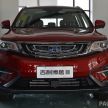
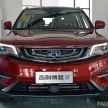




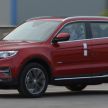
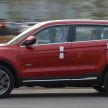
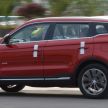

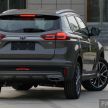


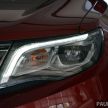
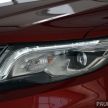
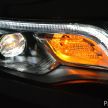
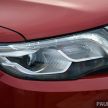
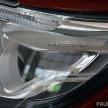
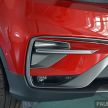
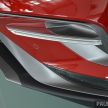
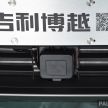
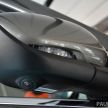
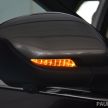
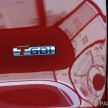
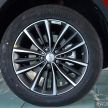
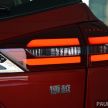

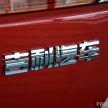
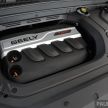
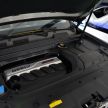
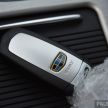

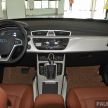
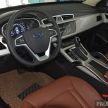
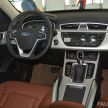
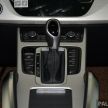
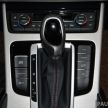

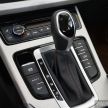
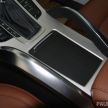
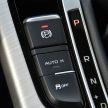
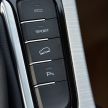
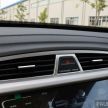
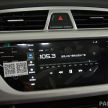
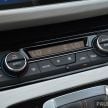
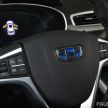

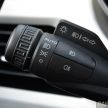

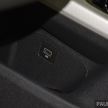
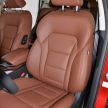
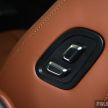
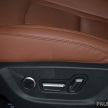
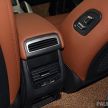
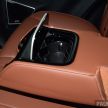
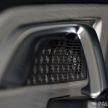
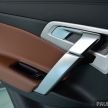
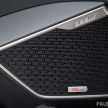
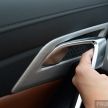
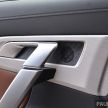
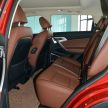
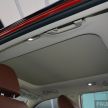


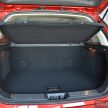
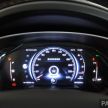
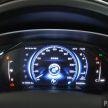
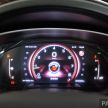
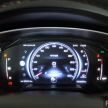
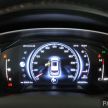
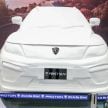
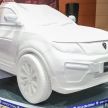
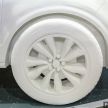
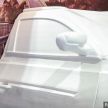
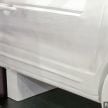
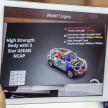

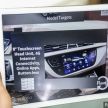
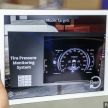



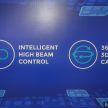












AI-generated Summary ✨
Comments express mixed sentiments about the 2018 Geely Boyue facelift, with some excited about the digital instrument panel and future features, while others skeptical about quality control and pricing. Many highlight Geely's partnership with Volvo and its impact on design and platform development, noting the SUV's basis on the XC60 platform. There is speculation about the variants, with some assuming higher-spec models will feature digital meters. Several comments focus on Proton's contributions and the importance of good customer service, with a few critics still wary of quality and resale value concerns. Overall, the tone ranges from enthusiastic anticipation to cautious skepticism, emphasizing the significance of pricing, quality, and Geely-Proton collaboration in shaping the vehicle's success in Malaysia.